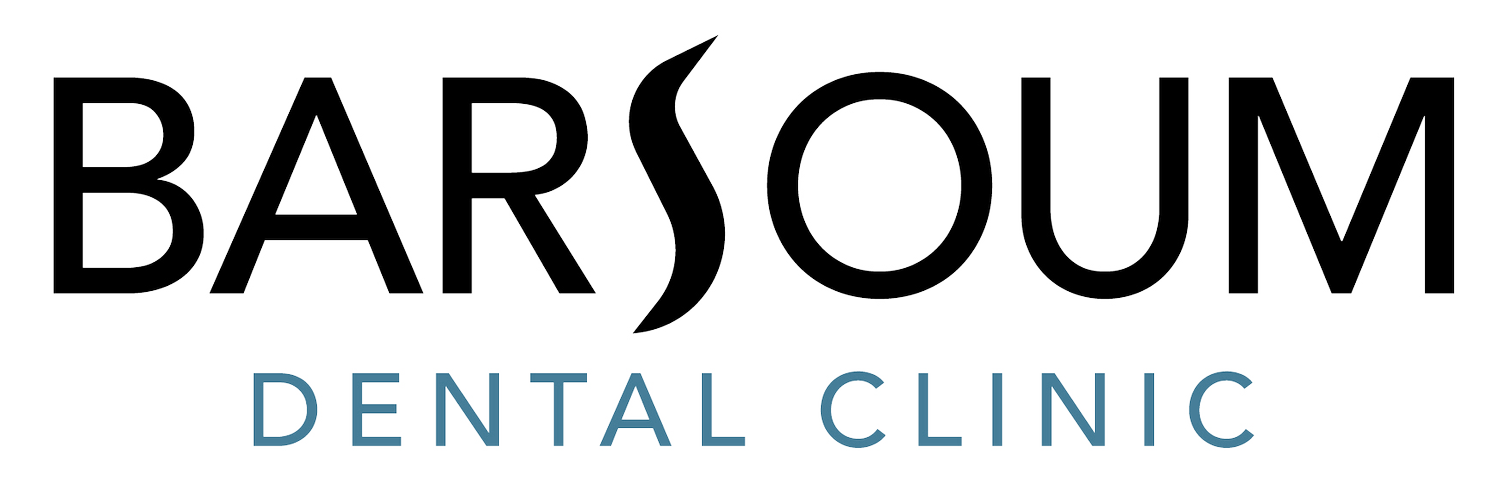Sinus lift procedure is indicated when there is insufficient bone volume in the maxillary (top) jaw for implant installation. Depending on the volume implant insertion may be done simultaneously with the sinus graft, or it may be done in a staged manner. When staged a healing period of 6-8 months is necessary for the sinus lift to heal. It is imperative to follow the same homecare instructions for any oral surgery procedure as well as additional instructions for sinus lifts.
The following home care instructions apply to all surgical procedures:
After placement of a dental implant, do not disturb the wound, avoid any rinsing, touching the wound or spitting on the day of the surgery. Please do not use any straws and anything that may create negative pressure inside your mouth.
Bleeding:
Keep constant pressure on the surgical site following the procedure. Pressure helps reduce bleeding and permits the formation of a blood clot. After about 1 hour you may gently remove the compress. If bleeding persists, place another compress (sterile gauze) and again keep contact pressure for 1 hour. A moistened tea bag can be used as an astringent when applied to the surgical site for 30 minutes and may help stop the bleeding. It’s advisable to limit your active as much as possible for several hours after the surgery. The more undisturbed the surgical area is the first day the faster the body will heal.
Swelling:
Any swelling can be reduced by applying an icepack on the cheek or on the jaw directly in the area of surgery. If an icepack is unavailable, simply fill a heavy plastic bag with crushed ice. Secure the end and cover with a soft cloth to avoid skin irritation. Frozen bags of peas make wonderful icepacks and can be refrozen and used repeatedly.
Immediately following the procedure, it’s advisable to apply the icepack over the affected area—20 minutes on, and 20 minutes off. Apply the ice as much as necessary for the first 36 hours.
You may expect swelling for up to 10 days and possibly a fever, the peak of the swelling occurs at 72 hours and begins to taper off gradually after.
Pain:
To minimize any discomfort or pain immediately following your procedure, before the anesthetic wears off, take the prescribed medication your dentist prescribed. If none were prescribed, and you don’t have any allergy to aspirin or liver conditions you may take any pain reliever you traditionally take to relieve pain.
For moderate pain, over-the-counter Tylenol or Ibuprofen comes in 200-mg tablets. Take two (2) to three (3) tablets every 3 to 4 hours as needed to relieve the ache.
COLD THEN WARM: For the first 24 to 36 hours any foods, compresses or beverages should be cold.
Ongoing Oral Hygiene:
After the first 24 hours, attention to good oral hygiene will help accelerate the healing. If a medicated mouth wash was prescribed (Peridex), make sure to rinse after every meal as rinsing helps flush out any debris that may delay the healing from the surgical site. Rinse for 60 seconds and do not consume any beverages or food for the next 30 minutes.
If no medicated mouth wash was prescribed, you may use warm salt water (a teaspoon of salt in 1 cup of warm water) and rinse 3-4 times daily. You may use a wet toothbrush to clean everywhere in the mouth but do not brush the surgical site as to not disturb the blood clot. After 1 week you may start brushing in the area of the surgery to clean any debris out.
Diet:
It’s important to nourish your body and help it heal.
First 24-36 hours: Consume soft nutritious foods that are cold or room temperature. Hydrate your mouth regularly with liquids however be careful not to disturb the blood clot.
Examples: jello, fruit smoothie, cold chicken soup, cold vegetable broth, cold bone broth, cold mashed potatoes, cold whitefish, peach iced tea, yoghurt
After 36 hours: You may revert back to warm and hot liquids as it will help soothe the surgical site and your body.
Examples: hot oatmeal, pancakes, pesto pasta, lasagna, seared salmon, seared tuna
For the first 14 days, do not eat:
Popcorn
Crispy/Crunchy food: nuts, seeds, chips
Spicy foods
Acidic or carbonated beverages
Sinus lift instructions: (for 3 weeks following surgery)
Do not blow your nose
Do not sneeze while holding your nose closed, do open your mouth and let the sneeze out
Do not go scuba diving or ride an airplane as the pressure changes may disturb the sinus and therefore the integrity of the graft.
Do not bend over, play any wind instruments or any activities causing pressure changes in the nasal/sinus passages.
You can use over the counter nasal decongestant to clear your nasal blockage as needed.
For the first 3 nights, place a towel on your pillow as it is normal for some blood filled fluid to drip from your nose and soil your bedding. Keep your head propped up on 2 pillows.
Follow prescribed medications: Antibiotic prescription (Augmentin), Mouth wash (Peridex), Anti-inflammatory. (Always consult with your physician if you have any allergies to medications.)
Swelling and bruising: The peak of swelling occurs on the 3rd day after the surgery, it is normal to see bruising below the eye and around the perimeter of the lips, this will fade as the swelling goes down.

